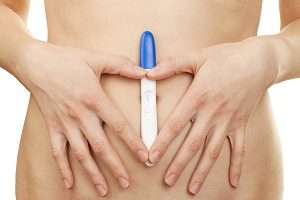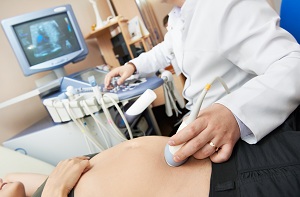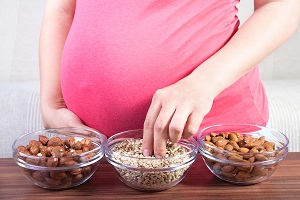Couples who decide to use in vitro fertilization often fear the consequences for the unborn child. There are indeed rumors that children conceived as such would be more at risk. An international study analyzed the real dangers for those conceived in vitro. From what has emerged, children are no longer subject to preterm birth or low birth weight.
In recent years there has been an increase in couples who use assisted fertilization to conceive. Many others fear the possible consequences for their unborn child. For this reason, researchers from the Max Planck Institute for Demographic Research (MPIDR), the London School of Economics and Helsinki University followed 1,245 children.
The children involved in the study were brothers, of whom at least one was conceived with assisted fertilization. The researchers compared the birth problems of the two groups of children. In this way, they analyzed the percentage of problematic parts between naturally conceived siblings and those with IVF.
In fact, children conceived with assisted fertilization or IVF seem to have more problems. The rate of preterm parts is higher, as well as that of very young children at birth. According to the researchers, however, the data would have little to do with assisted fertilization itself. In fact, the really relevant factors would be related to the mother's age and physical characteristics that, among other things, also reduce fertility.
Source: romper.com
Add a comment





